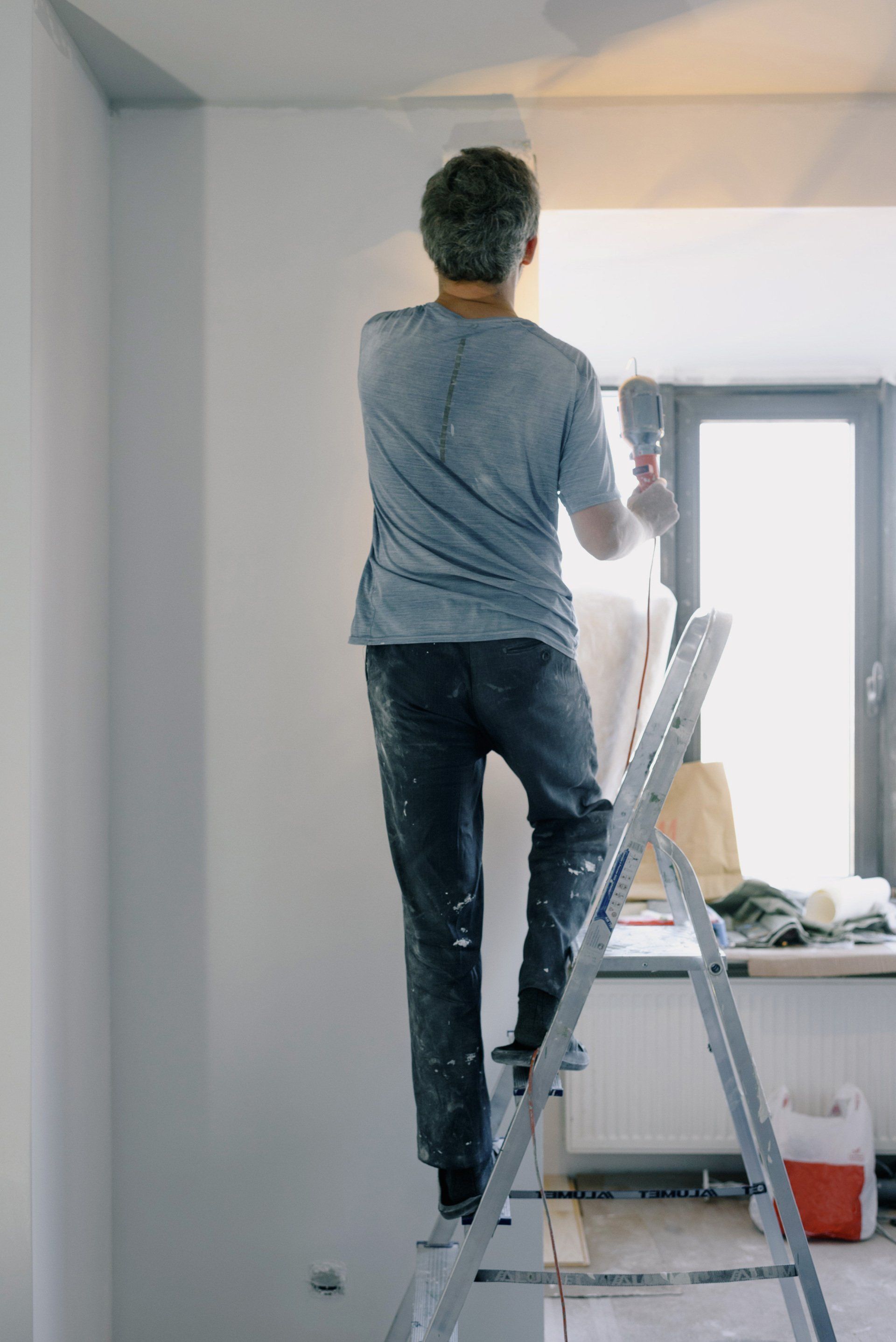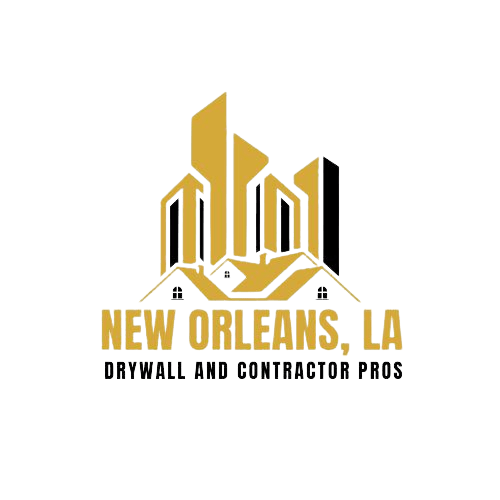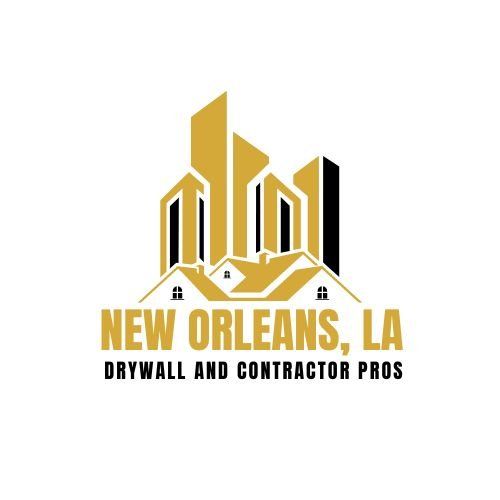Erase Wall Flaws: Your Go-To Manual for Flawless Drywall Repair
Master the Art of Drywall Repair with Expert Tips and Techniques for a Seamless Finish
Drywall, the ubiquitous building material known for its cost efficiency and ease of installation, is not immune to damage. From accidental punctures to stress cracks, the imperfections in drywall can mar the aesthetics of your space, necessitating timely repair. This comprehensive guide delves into the nuances of drywall repair, encompassing a range of issues from small holes to significant cracks, ensuring your walls return to their pristine condition.

Understanding Drywall Damage
Drywall damage can manifest in numerous forms, each requiring a specific repair strategy. Common issues include cracks, holes, and dents, often resulting from everyday accidents, structural shifts, or wear and tear over time. Identifying the type of damage is the first step in executing an effective repair.
Cracks in Drywall: A Sign of Stress
Cracks typically emerge from structural movements or settling, especially above doors and windows. Drywall crack repair involves not just filling in the gap but also ensuring the underlying cause is addressed to prevent recurrence.
Holes: Accidental Punctures and Impact Damage
Whether it's a door handle gone rogue or an enthusiastic DIY project gone awry, holes in drywall vary in size, requiring different repair approaches. Drywall hole repair ranges from simple patching for small punctures to more involved sheet rock repair techniques for larger gaps.
Drywall Repair Techniques
Repairing drywall is a skill that combines artistry with construction, ensuring that the repair blends seamlessly with the surrounding area. Here's how to tackle various drywall damages:
Drywall Small Hole Repair
Small holes, typically caused by nails or screws, can be fixed easily. Filling them with spackle, allowing it to dry, and then sanding the surface prepares it for painting, effectively covering holes in drywall without a trace.
Drywall Patching: Addressing Larger Holes
For a hole in drywall larger than a small puncture but smaller than a football, drywall patching is the go-to method. This involves cutting a piece of drywall to fit the hole snugly, securing it in place, and then finishing the surface with joint compound.
Dry Wall Crack Repair
Repairing a crack requires a bit more finesse to ensure it doesn't reappear. Applying a mesh tape over the crack before layering on joint compound helps reinforce the area. Sanding and finishing the surface will blend the repair into the wall.
Drywall Finishing: The Final Touch
Drywall finishing is crucial, involving the application of joint compound in thin layers, sanding between each layer, and ensuring a smooth, paint-ready surface. This step is vital for both aesthetic and functional reasons, providing a seamless look that conceals any repair work.
Drywall Repair and Installation Services
While many homeowners opt for DIY drywall fixes, certain situations call for professional drywall services. Large-scale repairs, drywall installation, and comprehensive drywall finishing are tasks that might benefit from the expertise and efficiency of a drywall repair service. These professionals handle everything from drywall patching to complete sheet rock repair and installation, ensuring the integrity and beauty of your walls.
Tips for Flawless Drywall Work
Achieving a seamless repair or installation involves more than just technical skill; it requires attention to detail and the right approach. Here are some expert tips for flawless drywall work:
- Measure and Cut Precisely: When installing new drywall or cutting patches, accurate measurements and cuts are crucial to avoid gaps and overlaps.
- Use the Right Tools: Equip yourself with the necessary tools, such as drywall saws, taping knives, and sanding blocks, to ensure high-quality work.
- Apply Compound Thinly: Thick layers of joint compound can lead to cracking and uneven surfaces. Apply it thinly and build up with multiple layers if necessary.
- Sand Smoothly: Sanding is essential for a smooth finish. However, excessive sanding can damage the drywall paper, so proceed with care.
- Prime Before Painting: Applying primer before painting ensures the paint adheres well and provides a consistent finish, masking any drywall fixes.
Conclusion
Whether it's a minor drywall small hole repair or a significant drywall installation project, mastering drywall repair techniques is essential for maintaining the integrity and aesthetics of your space. By following the methods and tips outlined in this guide, you can tackle drywall fixes with confidence, ensuring your walls remain flawless and sturdy for years to come. Remember, while DIY can save costs and offer satisfaction, don't hesitate to seek drywall services for complex repairs to guarantee professional and enduring results.
You might also like
Book a Service Today
We will get back to you as soon as possible
Please try again later
Fast and Reliable
We are available 24/7 by fax, email or phone
Address
Email
Call
All Rights Reserved | NOLA Drywall Services | 504-666-3389 | Powered by Snapps




